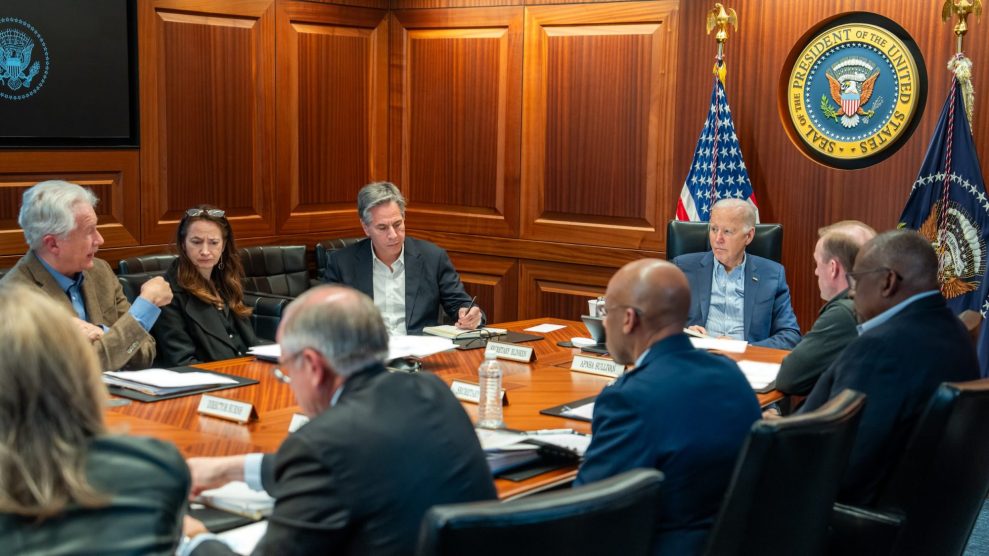
Food production is a regionally fractured industry. Some states and regions — like Oklahoma, Nebraska, and Kansas — have seen dramatic growth in recent years. Others, like Florida, Ohio, and Pennsylvania, have seen jobs disappear as the industry moves operations. But no matter where the jobs are, they remain dangerous and ill-paid.
Hand packagers have been particularly hard-hit. Nationwide, hand packaging jobs have all but disappeared, dropping by nearly 15 percent since 2000. And in certain states, the job loss has been even more dramatic: In Pennsylvania, for instance, hand packager payrolls dropped by more than 16 percent between 2000 and 2003.
Even in states where food production is booming, like California, wages remain low. Between 2000 and 2003, California slaughterhouse jobs grew at an 18 percent rate, and real wages grew at a 7.5 percent rate. Those numbers sound remarkably healthy. But average income for slaughterers in California, the state with the highest health care costs in the nation, is only slightly more than $22,000. Slaughterers in Florida have it even worse. Between 2000 and 2003, more than 35 percent of all slaughtering jobs were eliminated, and real income droppy by nearly 12 percent.
Finally, benefits for food production workers have remained minimal or nonexistant. Nationwide, nearly 30 percent of all food production workers do not have employee-provided health care coverage. In an industry with the highest rate of workplace injury in the nation.















